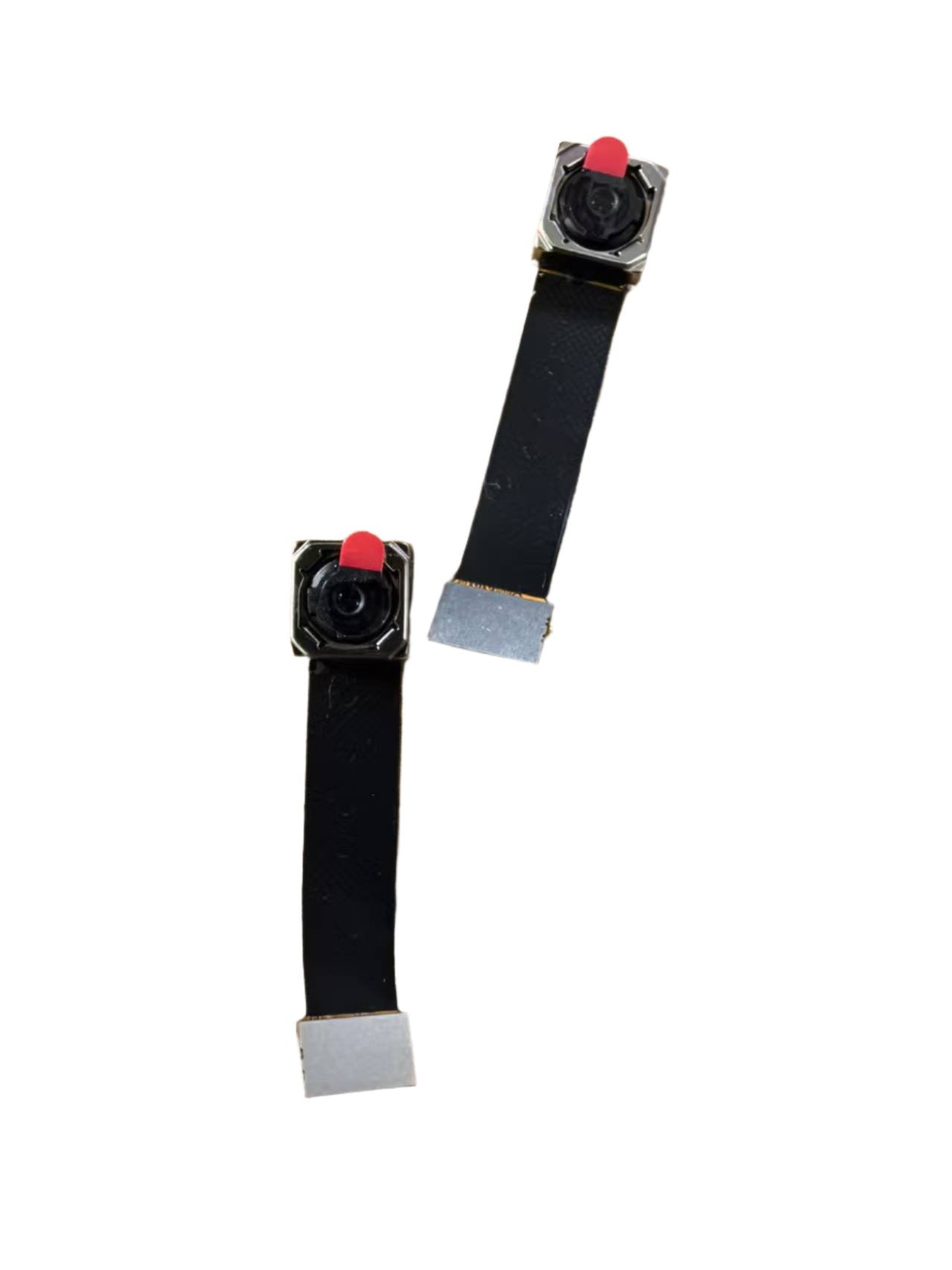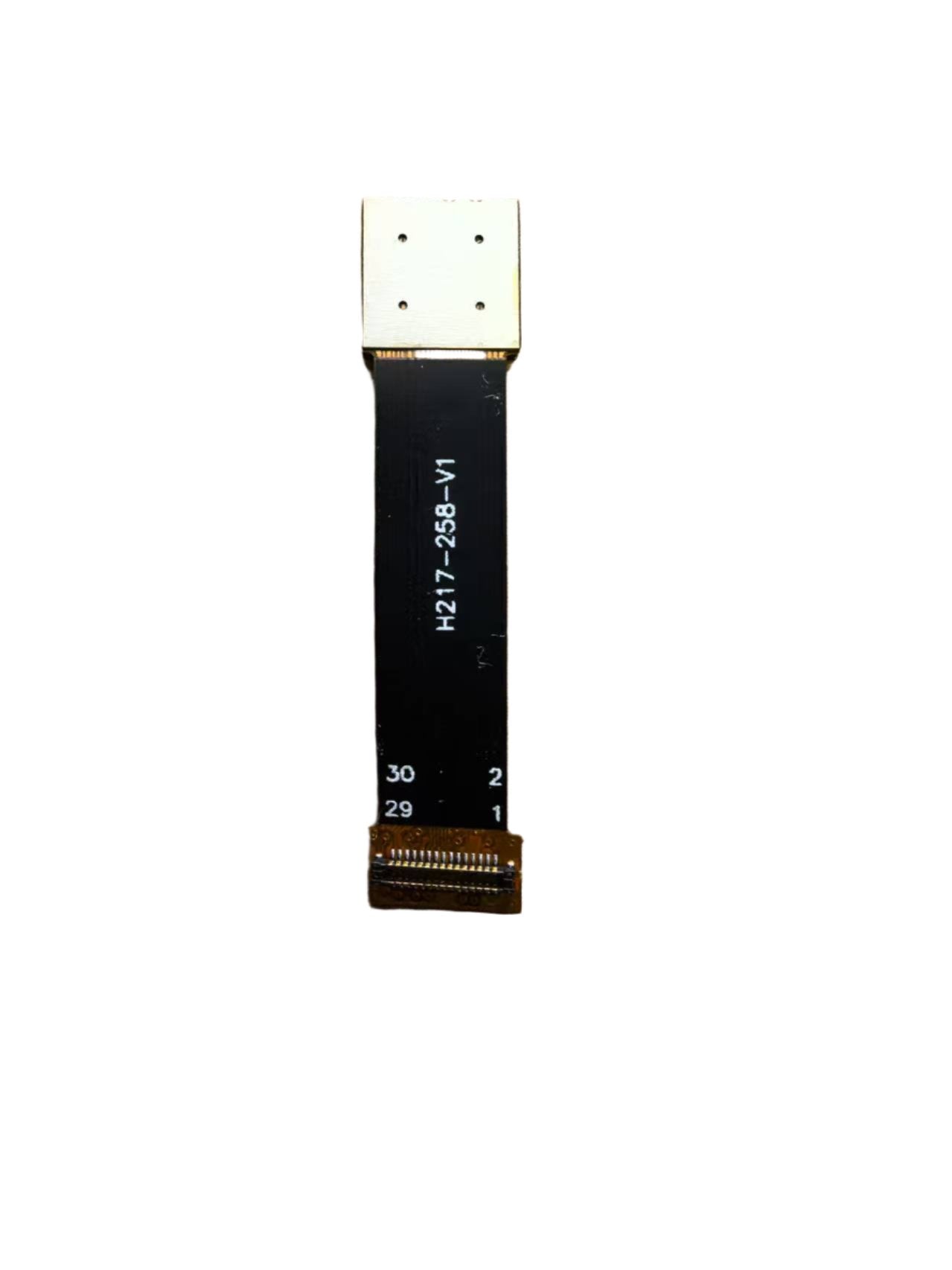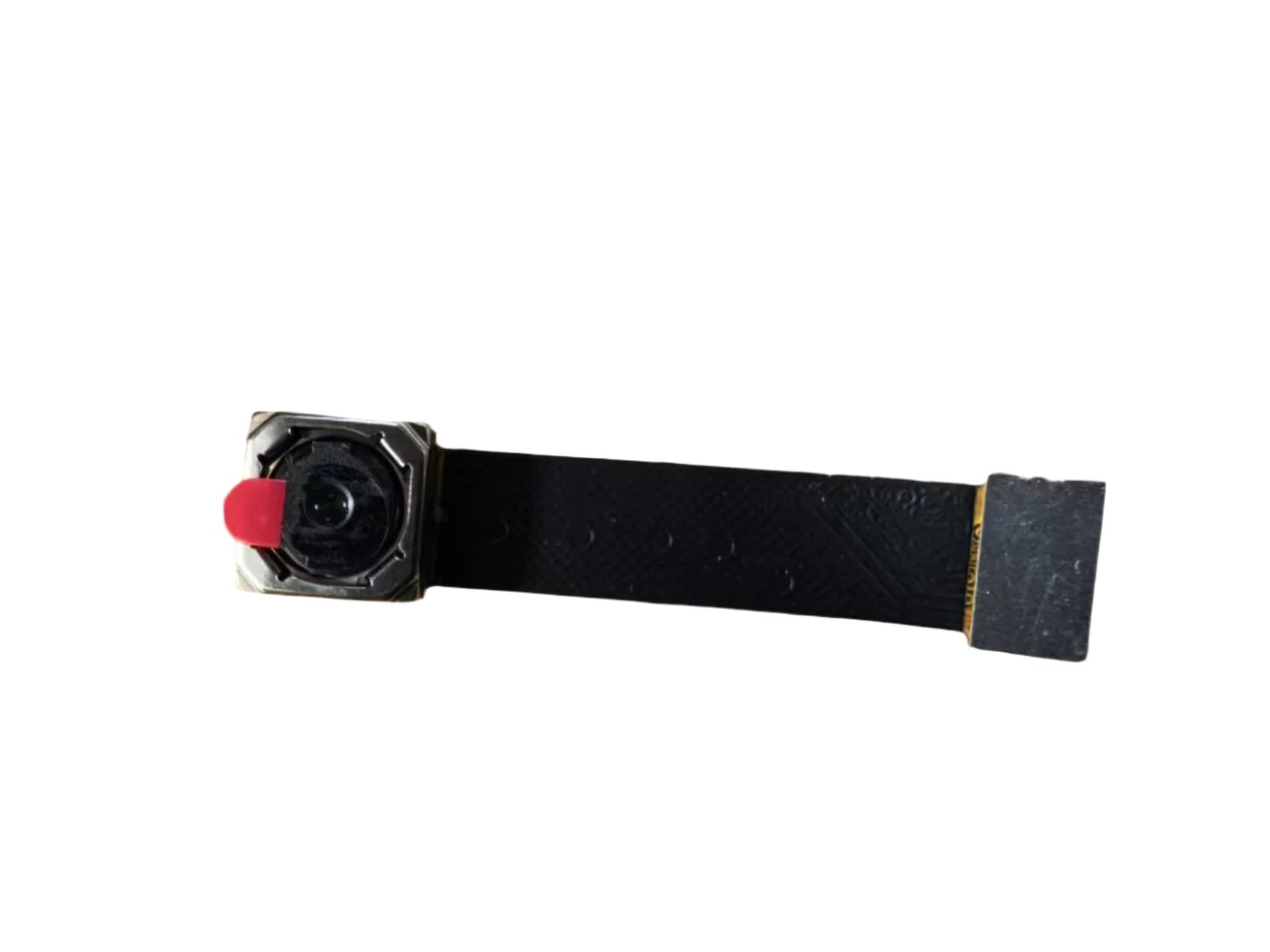


low cost 10 pack Customizable MiPi camera module
MIPI camera refers to a digital camera that adopts the MIPI interface standard and is suitable for fields such as mobile devices, smart homes, medical equipment, etc
Pixel: The pixels of MIPI cameras determine the resolution of the image. The more pixels there are, the higher the image resolution. Common MIPI camera pixels include 5 million, 8 million, 12 million, 16 million, 21 million, etc.
Module specifications: MIPI cameras generally use COB (Chip On Board) or COF (Chip On Flex) packaging technology. COB packaging has high integration and stable performance; COF packaging is compact and lightweight, bendable and foldable, suitable for bending or curved devices.
Chip size: MIPI camera chip size affects module size and imaging performance. Common chip sizes include 1/3.2 inch, 1/2.3 inch, 1/1.8 inch, etc. The larger the chip size, the larger the pixel size, and the better the imaging effect.
Lens: The MIPI camera lens is responsible for focusing and optical imaging. Common lenses include wide-angle lenses, telephoto lenses, zoom lenses, etc. Different lenses are suitable for different scenes and needs.
VCM: VCM (Voice Coil Motor) refers to a controllable diaphragm motor, which is a key component of MIPI camera autofocus. The performance of VCM affects the focusing speed and accuracy. Generally, the VCM of MIPI cameras is controlled through the I2C interface.
Output methods: Common output methods for MIPI cameras include MIPI D-PHY, MIPI C-PHY, Sub LVDS, etc. Among them, MIPI D-PHY is the most commonly used output method, which has advantages such as high speed, low power consumption, and strong reliability.
Aperture: Aperture refers to the size of the optical aperture of a lens, which affects the brightness and depth of field of an image. The smaller the aperture value, the brighter the lens and the shallower the depth of field; The larger the aperture value, the darker the lens and the deeper the depth of field. MIPI cameras generally use fixed aperture or automatic aperture.
In summary, pixels, module specifications, chip size, lens, VCM, output mode, aperture, and other key parameters in MIPI cameras affect each other, determining the imaging quality and applicable scenarios of MIPI cameras. For consumer electronics products such as smartphones, tablets, etc., the common MIPI camera pixels are between 12 million and 21 million, using COB packaging technology. The chip size is generally 1/2.3 inch and adopts MIPI D-PHY output mode, which has the characteristics of high speed and low power consumption. For fields such as industrial vision and medical equipment, MIPI cameras require higher pixels and better imaging effects. They use COF packaging technology and larger chip sizes, combined with different lenses and VCMs, to achieve high-speed and high-precision imaging.
Specs:


low cost 10 pack Customizable MiPi camera module
If you have any questions, you are always welcome to contact us. We'll get back to you as soon as possible, within 24 hours on weekdays.
-
Shipping Information
Use this text to answer questions in as much detail as possible for your customers.
-
Customer Support
Use this text to answer questions in as much detail as possible for your customers.
-
FAQ’s
Use this text to answer questions in as much detail as possible for your customers.
-
Contact Us
Use this text to answer questions in as much detail as possible for your customers.
FAQs
Please read our FAQs page to find out more.
What transportation method do you use?
All our products are shipped via international express services, such as DHL and FedEx,? completely free of charge
What is DLP 3D printing, and how does it work?
DLP 3D printing is a resin-based additive manufacturing technology that uses light to cure liquid photopolymer layer by layer. It involves projecting digital images onto a vat of liquid resin, where the exposed resin hardens to form each layer of the 3D object.
How does DLP 3D printing differ from other 3D printing technologies?
DLP 3D printing differs from other technologies such as FDM (Fused Deposition Modeling) in its use of light to cure resin, which allows for faster and more precise printing. It also typically offers higher resolution and smoother surface finishes.
Why are UV projectors critical in DLP 3D printing?
UV projectors are critical in DLP 3D printing because they emit the ultraviolet light that cures the resin. The quality, speed, and reliability of the printing process depend heavily on the performance of the UV projector.
What factors should be considered when selecting a UV projector for DLP 3D printing?
When selecting a UV projector, factors to consider include wavelength, resolution, LED lifespan, controller compatibility, and mechanical integration. The ideal projector should match the specific needs and requirements of the DLP 3D printing system.
What are the system requirements for DLP 3D printing?
System requirements for DLP 3D printing include a compatible UV projector, resin vat, build platform, and control system. Specific hardware specifications, such as resolution and interface compatibility, should also be considered.
How do I connect and configure a DLP 3D printing system?
Connecting and configuring a DLP 3D printing system typically involves connecting the UV projector to a PC via USB, launching the manufacturer's proprietary configuration software, and setting up the printer parameters, such as layer thickness and exposure time.
What is "pixelation" in DLP 3D printed models, and how can it be addressed?
Pixelation" refers to the appearance of tiny square or grid-like patterns on the surface of DLP 3D printed models. It can be addressed by increasing the resolution of the UV projector, adjusting the light curing parameters, or optimizing the print path.
What role do TIR prisms play in DLP 3D printing, and why are they important?
TIR (Total Internal Reflection) prisms play a critical role in DLP 3D printing by precisely redirecting light from the micro-mirror arrays to the projection optics. They maintain polarization and ensure that the light is evenly distributed across the resin vat, which is essential for high-quality printing.
What languages and currencies are supported on
The website supports multiple languages, including English, Simplified Chinese, Arabic, Korean, German, and Japanese. It also offers a variety of currency options, such as USD, EUR, AUD, and more, to cater to international visitors.
How can I stay updated with new collections and exclusive offers
To stay updated with new collections and exclusive offers, you can subscribe to the website's newsletter by providing your email address. This will allow you to receive notifications about the latest products, promotions, and news directly to your inbox.
